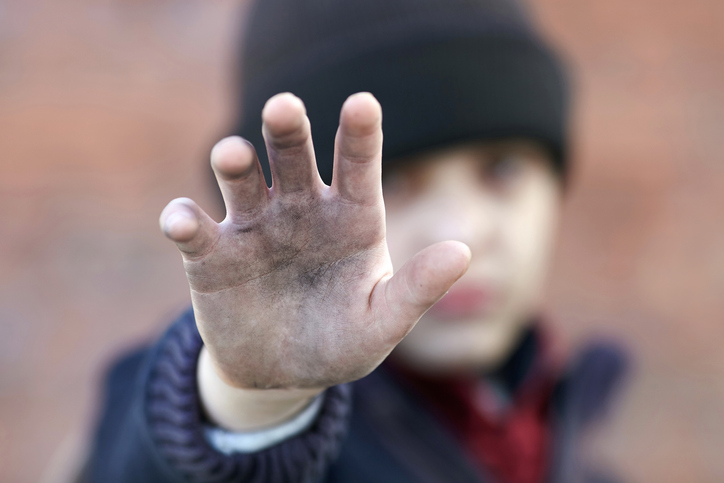WASHINGTON — The war on poverty and an array of social welfare measures that followed over the last half-century have helped improve the lives of seniors, minorities and virtually every class of American society.
Children, however, have been left behind.
A single chart presented Wednesday to an audience of psychologists, academics and experts on child poverty underscored the change in fortunes for seniors, who are supported by politically influential groups such as AARP, and children, who can’t vote and often have no one to speak on their behalf.
In 1968, about 22 percent of seniors lived in poverty, compared to slightly more than 5 percent today. By contrast, the child poverty rate has risen by one-third. With 14.5 million kids living in poverty the United States is second worst among the top 35 industrialized nations, according to figures provided by the Children’s Poverty Action Group.

Bruce Lesley
The explanation for such numbers is easy, said Bruce Lesley, president of First Focus, at the forum, sponsored by the National Prevention Science Coalition to Improve Lives, First Focus and the Bennett Pierce Prevention Research Center at Penn State University.
“Kids are about one-quarter of the population, but targeted spending for kids at the federal level is only about 8 percent,” Lesley said. “And these bad numbers are only getting worse. A report by the Urban Institute shows if you look at current policies and project them forward, children only get 2 percent of all new spending. If you take health care out of the equation, that number actually becomes a negative.”
The forum brought together nationally recognized experts to discuss the problem of child poverty from a legislative and clinical standpoint. The goal was to discuss trends in addressing the issues that create childhood poverty, examine solutions and talk about the overall harmful effects on families and society.
[Related: Kids Mostly Homeless Due to Poverty, Global Study Finds]
Each speaker emphasized the importance of relying on science and research to first identify root causes of child poverty, then using that data to convince legislatures to make changes that will actually address the problem.

Ben Gibbs
Ben Gibbs, an assistant professor in the sociology department of Brigham Young University, focused on what he called situational poverty versus intergenerational policy. Situational poverty, he said, can be caused by a single life event, such as loss of a job, the death of a relative, illness or divorce. In those cases, people bring themselves out of poverty over time, often with some assistance.
Intergenerational poverty, in which two or more generations of the same family experience poverty, is more difficult to address. Utah is the only state that makes a distinction between the forms of poverty. Those designations stemmed from a 2012 research effort that conducted extensive reviews of public assistance enrollment figures and other measures to determine the best responses to childhood poverty.
“We really used this information to address how to break that cycle of poverty, and we focused on four main areas,” Gibbs said. “Early childhood development, which is critically important. Education, family economic stability and health.”
Deficiencies in those four areas were identified as the four best indicators that children will grow up in poverty and are more likely to experience intergenerational poverty. Armed with that research, child advocates were able to convince the Utah legislature to target funding to address those needs in counties with the highest rate of child poverty, Gibbs said.
Organizers and participants expressed the desire to find ideas that can translate into their own daily efforts, and continually stressed the importance of an approach backed by evidence and science.
Ron Prinz, distinguished professor and director of the Parenting and Family Research Center at the University of South Carolina, delved into the field of “preventive science.” That approach relies on using macro data collected over time and covering large populations that can be used to help form local policy and agendas, he said.
Poverty “compromises the ability of children to reach developmental milestones,” he said. “Evidence-based interventions and policies have been shown to reduce poverty and its detrimental effects on child development.”
Quality access to early education is critically important to development; this need is backed by strong research, Prinz said.
More related articles:
Child Care Costs Have Become Huge Burden to Families
First-generation College Students from Poverty Have Many Hurdles































